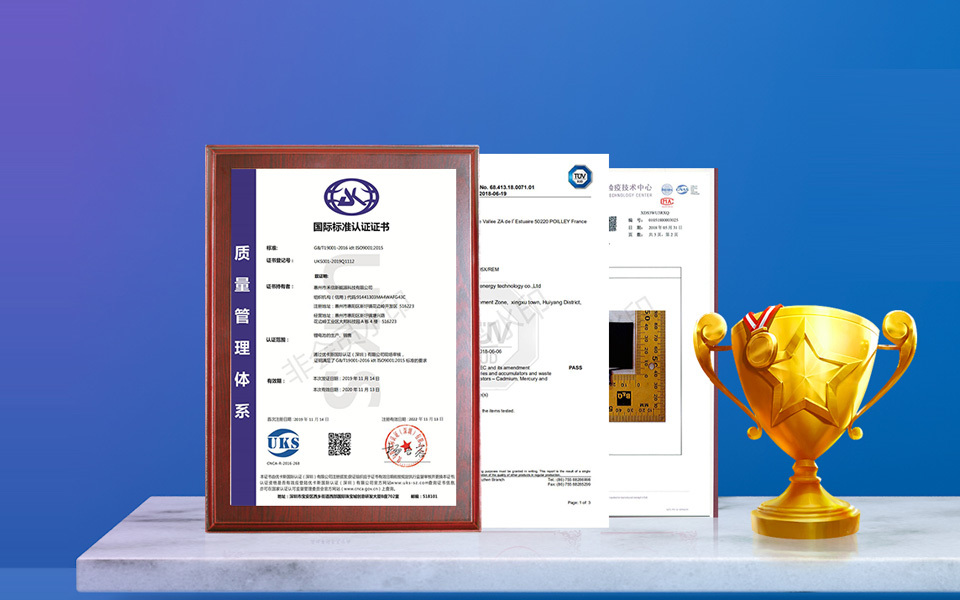11
2020
-
05
Lithium battery performance improved to a new level
Author:
Traditional lithium-ion batteries using graphite anodes can only achieve an energy density of less than 600Wh/L; advanced silicon anode batteries only achieve an energy density of 800Wh/L, while ultra-thin lithium metal anode batteries can exceed an energy density of 1000Wh/L. Although many current lithium metal anode batteries such as lithium air and lithium sulfur batteries are still far from practical applications, Massachusetts Solid Energy Company used mature lithium cobalt oxygen cathodes to successfully achieve an energy density of 1337Wh/L on a 2Ah battery cell. , and will be applied to consumer electronics products on a large scale in 2016.
Same volume, twice the capacity, same capacity, half the volume, and its cost is only 80% of traditional lithium-ion batteries. Mobile phones of the future will be as thin as a credit card and last twice as long on a single charge. Wearables, such as smart watches, have straps that are batteries. Electric vehicles have a range of 500 miles per charge.
Solid Energy does not compete in the crowded and fragmented cathode space, but its materials (anode and electrolyte) are compatible with most cathode materials. SE eliminates the need for diaphragms, causing traditional diaphragm companies to lose their advantages. SE mainly competes on electrolyte and negative electrode. SE's ultra-thin metal anode enables the battery design to reach an almost "anode-less" state, providing unprecedented high energy density. This is the biggest difference and advantage between SE and other battery material companies. The negative electrode of SE must require SE electrolyte to be used stably. The negative electrode and electrolyte of SE are a set.
MIT Solid Energy Corporation has the exclusive global rights to use MIT-related patents and has won a series of well-known technology awards, including: the U.S. R&D 100 Award (the Oscars of technological innovation), the U.S. Department of Energy Clean Energy Award, and the Massachusetts Clean Energy Award Committee Award, MIT Clean Energy Award.
Previous Page
Next Page
Previous Page
Next Page
21
2020-04
21
2020-04
The lithium battery industry can still expect high growth in the next few years
21
2020-04
Decoding the pros and cons of overseas Taobao for Chinese lithium battery companies
21
2020-04
Where is the energy storage battery?
21
2020-04
More than 5 power battery companies are involved in upstream lithium mines
11
2020-05
Warmly celebrate our company's successful passing of ISO9001 quality management system certification
11
2020-05
Super battery/graphene battery is not the best yet. Take stock of 12 new battery technologies

Copyright©Huizhou Hexin New Energy Technology Co., Ltd. All Rights Reserved


